Whether your students know it or not, they probably know the 1812 Overture by Tchaikovsky. If nothing else, they will know the finale of the 1812 Overture. It is the famous part complete with exploding cannons. And when I tell you that it was a wild hit with my 4th graders this past year, it is no exaggeration.
In this post, I will share with you how to take this famous piece of music by Tchaikovsky and make it a staple in your elementary music classroom.
Who Wrote the 1812 Overture
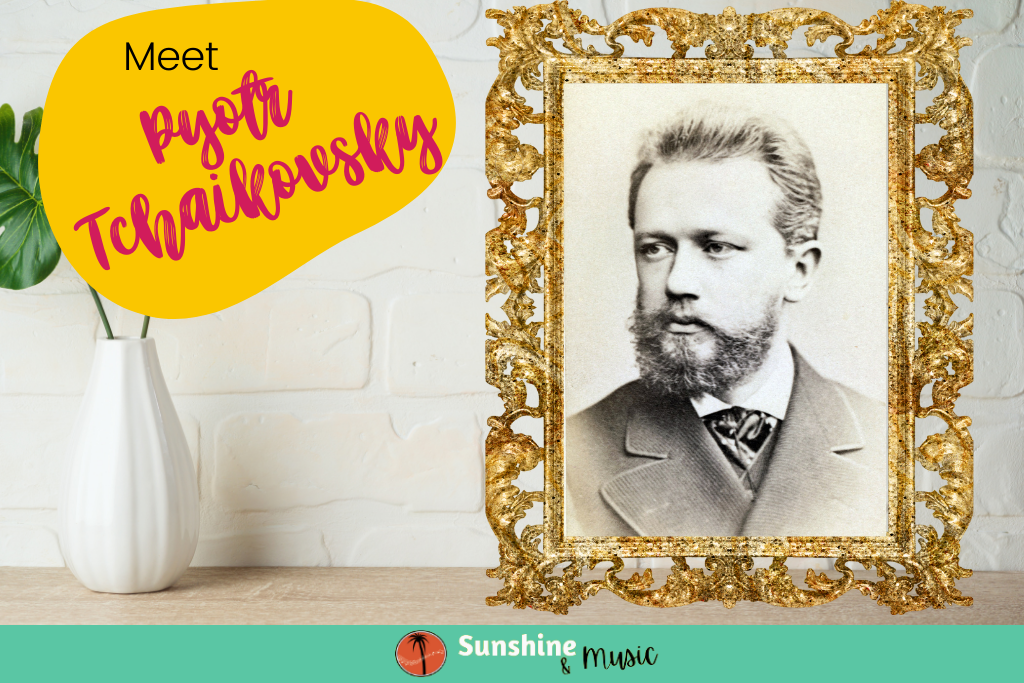
Pyotr Ilyich Tchaikovsky is one of the most iconic Russian composers of all time. With classical music megahits like The Nutcracker, Swan Lake and Sleeping Beauty, and yes, The 1812 Overture, Tchaikovsky is a giant in the world of famous composers.
Sharing about his life is a great way to have your students connect a little bit more with the piece. Tchaikovsky led an incredibly interesting life. He started his career out as a civil servant, but quickly switched to his true passion – music. He was able to write much of his music thanks to a mysterious patron – Nadezhda von Meck. She paid for him to compose music, on the condition that they never meet.
The 1812 Overture History Lesson
The 1812 Overture was written to commemorate a famous victory of Russia over Napoleon’s forces in 1812 in the Battle of Borodino. Interestingly, it was actually the French forces that won the initial battle. But it was a bit of an empty victory, which left them vulnerable with no supplies to last through the harsh Russian winter, and led to their ultimate retreat.
It was during this prolonged retreat of several months that the forces of the French army were reduced to a fraction of their previous size and the real victory for the Russians was won.
Fun Music Activities for The 1812 Overture Finale
So first of all, I just wanted to clarify that these activities are going to center around the 1812 Overture Finale. The entire overture is 16 minutes long, which is a bit too extended for a typical elementary music class activity. But the finale is a much more manageable three and half minutes.
Listening Map
I always like to do a first, guided exposure as a class when we experience a new piece of classical music. Listening maps are great for this. Thye help students identify important musical elements such as form, dynamics and instrument timbres.
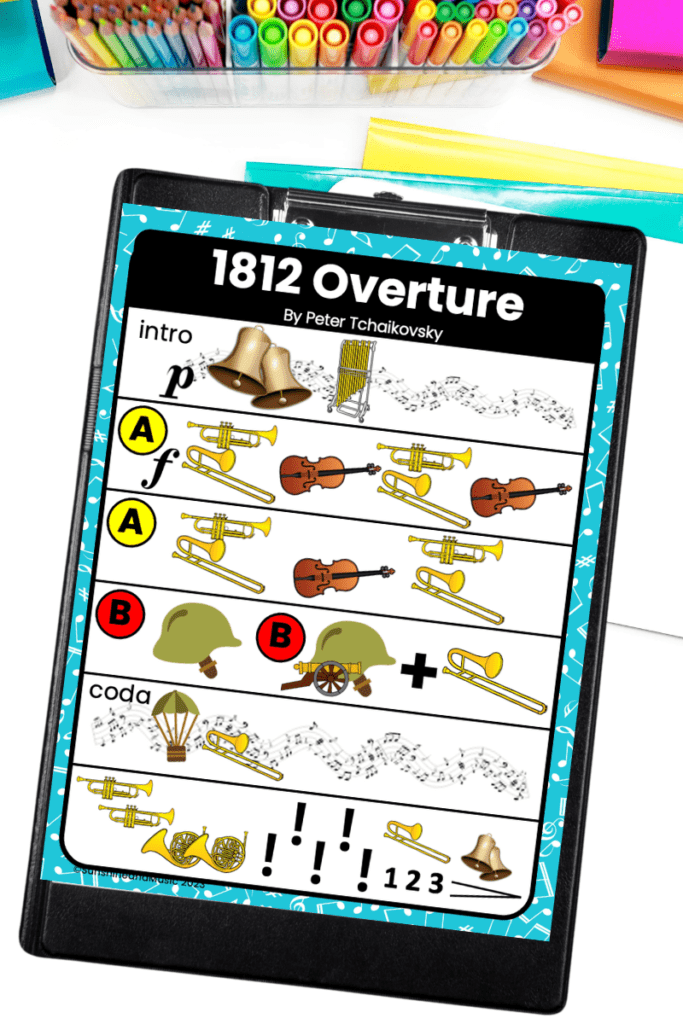
You can display a listening map on the board and have the class follow along together. Or you can print a class set of maps and have students physically follow along on their own paper. Even better? Do BOTH simultaneously!
If you are working with an older group (especially if you are discussing music vocabulary), you could discuss the mood that the music creates and figure out how the different musical elements help create that mood.
Parachute Activity
As you can imagine, the biggest hit of the entire lesson was when we got to the parachute activity. When in doubt, if your lesson needs a little extra pizzazz, add a parachute activity. That’s my motto, at least.
You can check out all the details and movements in my 1812 Overture YouTube video.
Ball Passing Game
Want something a little different? If you are ready to add a little chaos into the equation (but tons of fun) you can try this ball passing game. Here are the basic moves:
Part A: Bounce your ball to the beat. Toss on the woodwind run. (This phrase repeats 4 times).
Part B: This is where the chaos ensues. Students will toss the ball to their partner every 4 beats. Think: TOSS – 2 -3 – 4. It will fit with the cannon/bass drum part.
Coda: Have students get up and travel around the room. As they pass other students, they should trade balls. At the grand ending, they should head back to their music spot and strike a victorious pose.
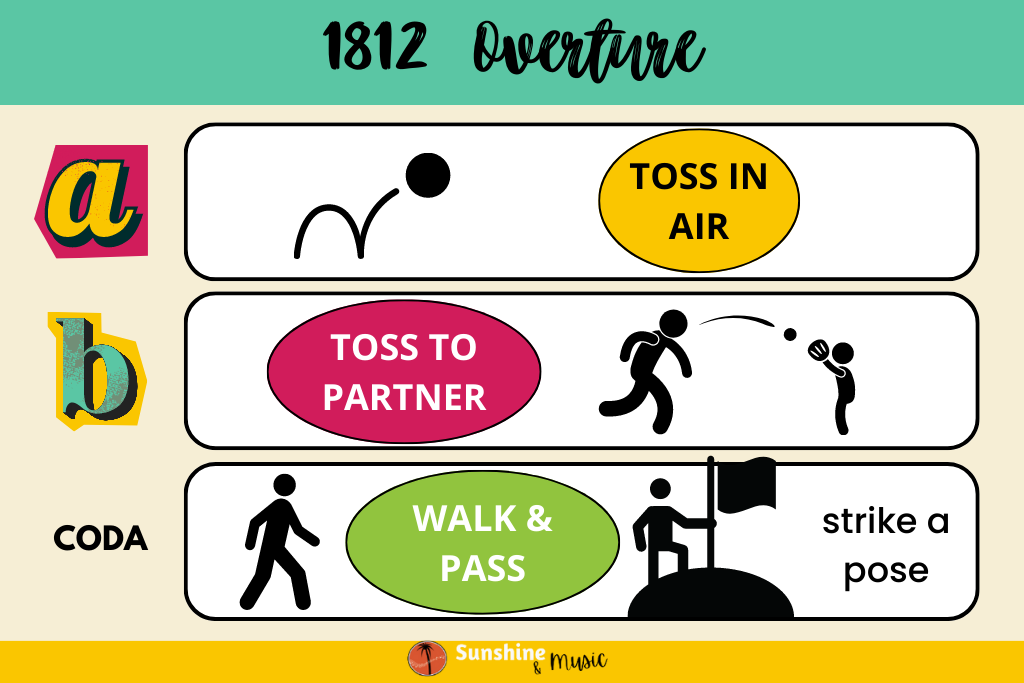
Need a less chaotic version? You could have all students sit in a circle. Part A would be the same. Part B you would just pass to the person next to you in a circle. And during the coda you could pass double time until the end.
And there you have it, folks! Bringing the magic of the 1812 Overture by Tchaikovsky into your elementary music room is guaranteed to be a blast (no pun intended!). Who would’ve thought history and classical music could be this cool, right?
Give these activities a try in your own classroom and let me know all about it.
Ready to Teach The 1812 Overture by Tchaikovsky?
Get seven weeks of lessons on Tchaikovsky’s greatest hits. Music from Swan Lake, Sleeping Beauty, and of course, the 1812 Overture. It’s all included in the Music of Tchaikovsky Bundle.
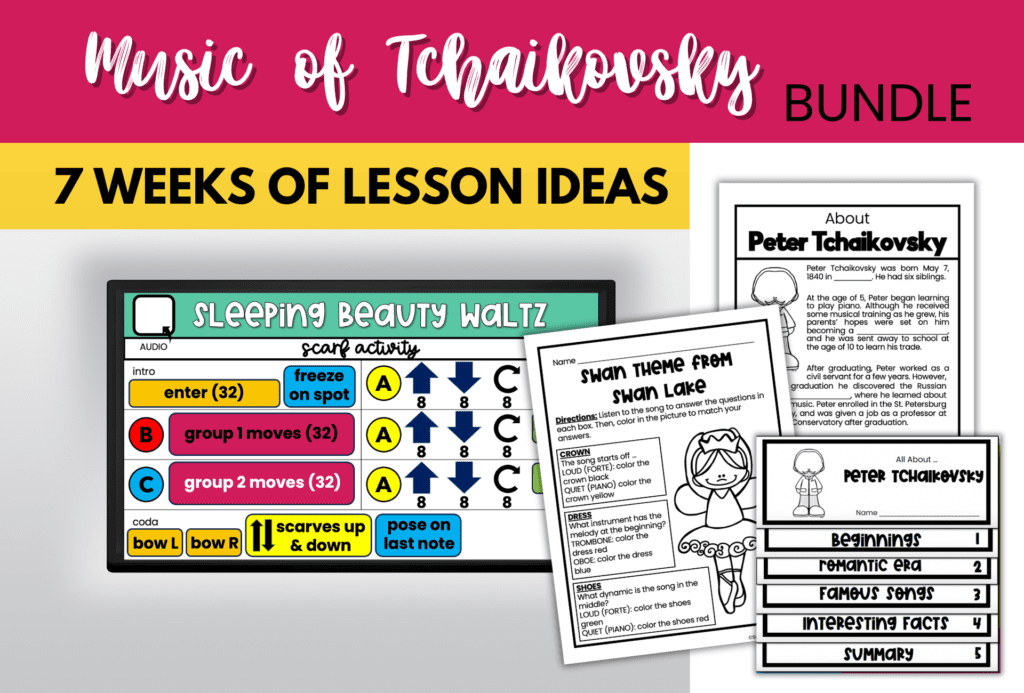
Tons of activities, visuals and worksheet, plus lesson plan ideas! Take the prep work out of your day with these done for you activities and enjoy the music of Tchaikovsky with your class.
Tchaikovsky Blog Posts You Will Love
5 Engaging Ways to Teach About Famous Composers
How To Use a Nutcracker March Listening Map for an Amazing Nutcracker Lesson

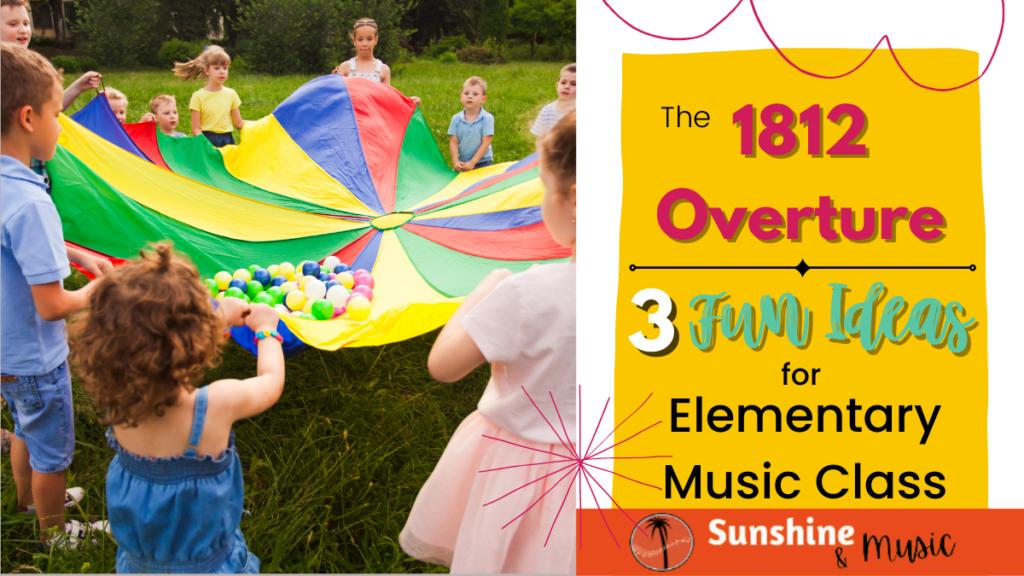

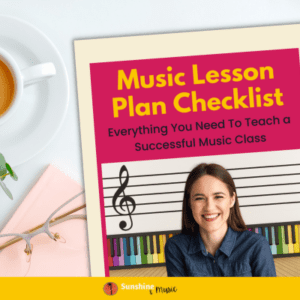

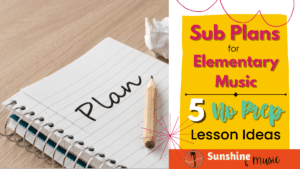
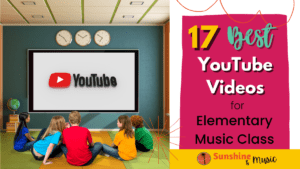
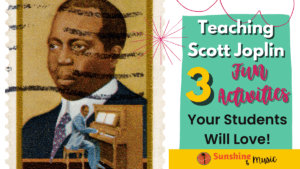
One Response